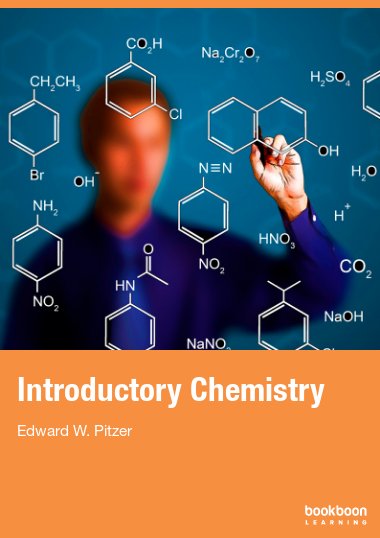This textbook is intended for use by college level students who will take only one course in chemistry throughout their academic career.
The following is a list of areas that may require an introduction to chemistry but not a full two years of college chemistry.
Food Science - Pharmacy Technician
Safety and Health - Health Education
Mortuary Science - Nursing
Physical Therapy - Laboratory Technician
Environmental Science - Hazardous Material Control
Fire Investigation - Animal Science
Plant Science - Phlebotomy
If you are planning to go to medical school, you will need a more in depth course of “first year” chemistry. However, if you “live in fear” of college chemistry study my textbook as preparation. After all it’s free!
There are two goals that I have for this textbook. The first goal is to teach the “fundamentals” of chemistry without bogging the student down with heavy theory. The second goal is to teach basic critical thinking skills.
This is done by a textbook long building of a central problem solving theorem that is applied to nearly all of the problems in the book.
All of the problems presented in this text all fully worked with proper and correct answers. Do yourself a favor. Write the statement of the problems on a piece of paper, exit the text, and try to solve the problems. If you get stuck on a problem, refer back to the text. After several trials of the problems in this fashion you will probably find you have mastered the material.
If you have as much fun as I think you are going to reading and using this textbook, tell a friend about the textbook and the great services of bookboon.com.

